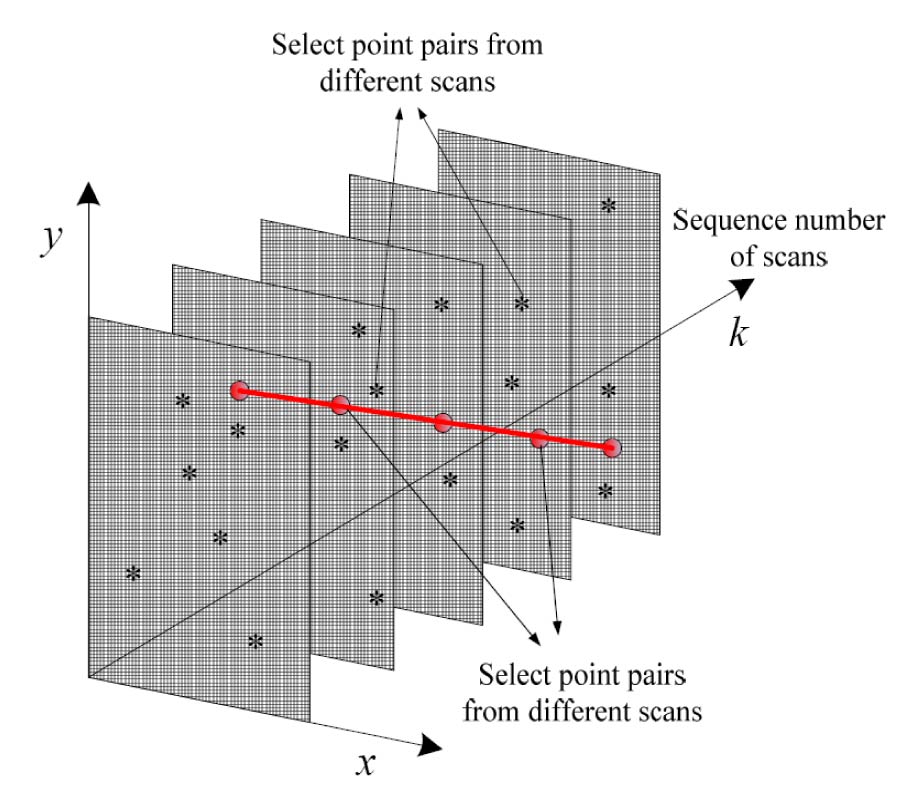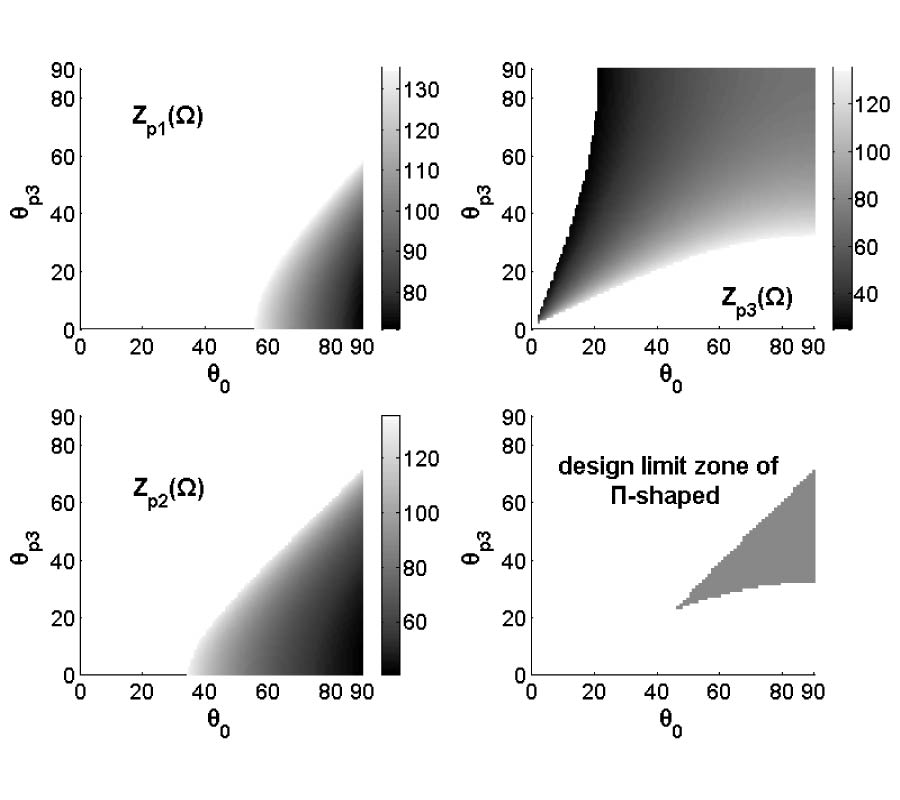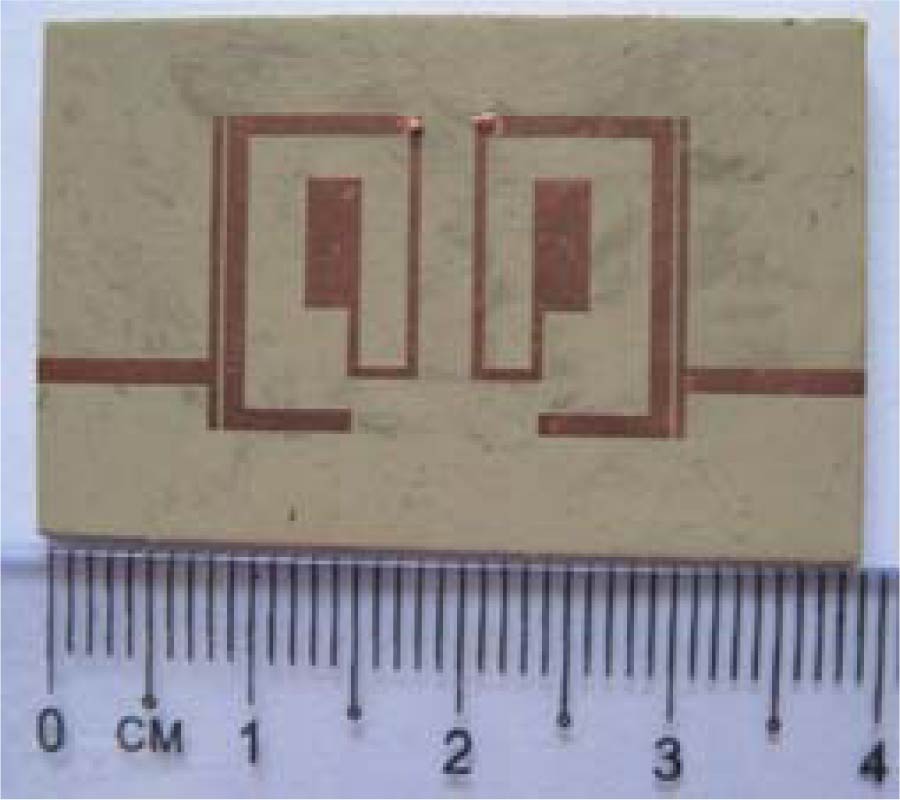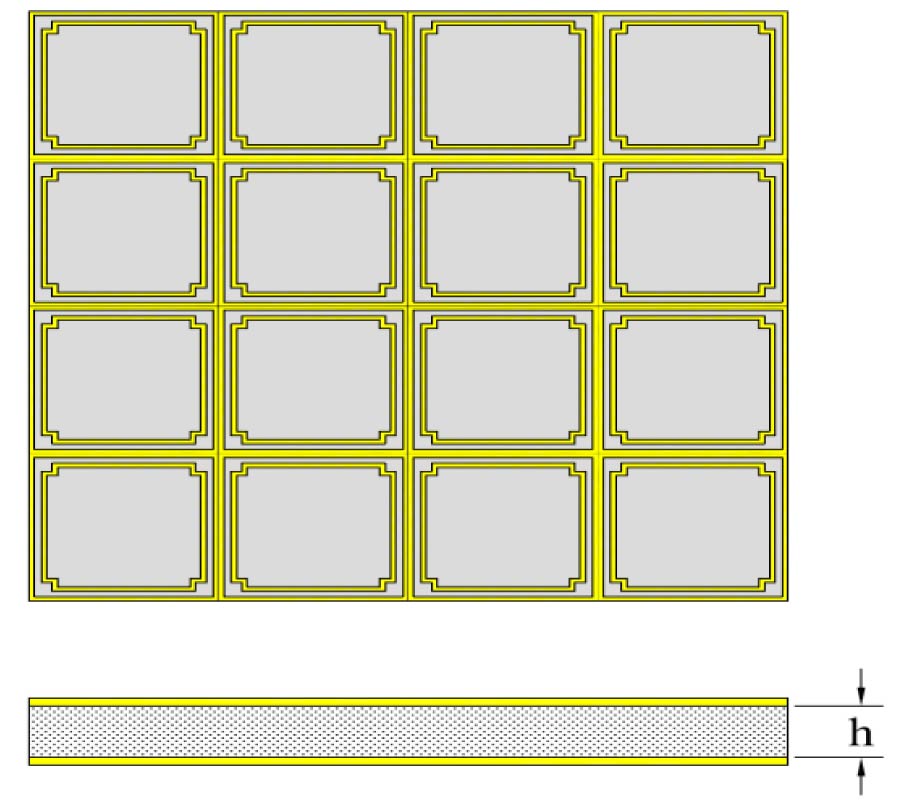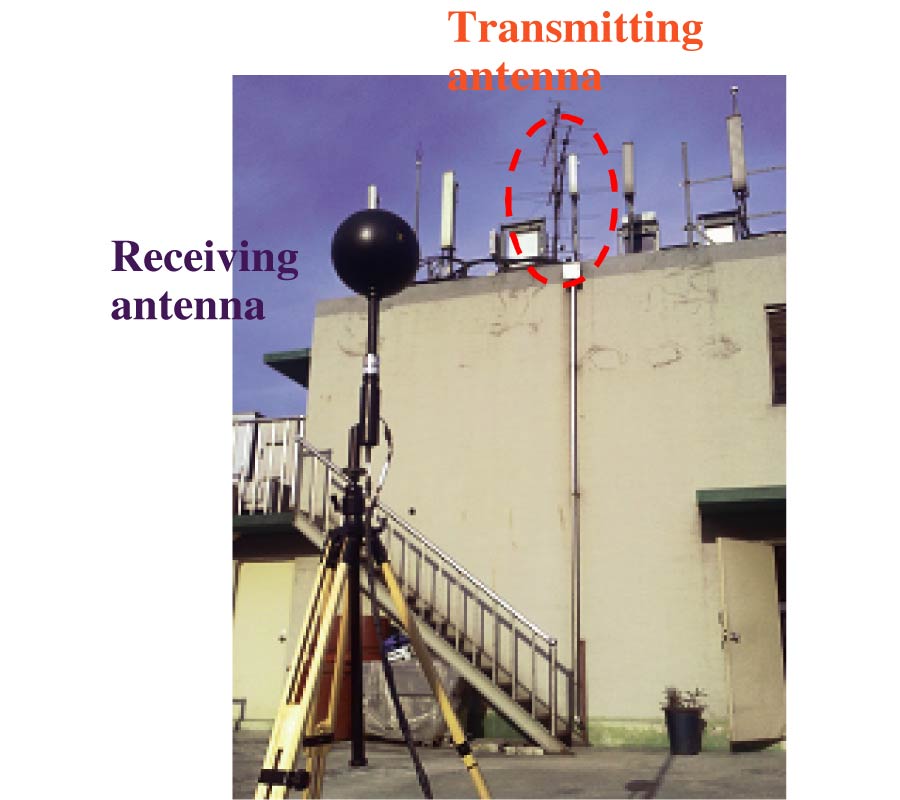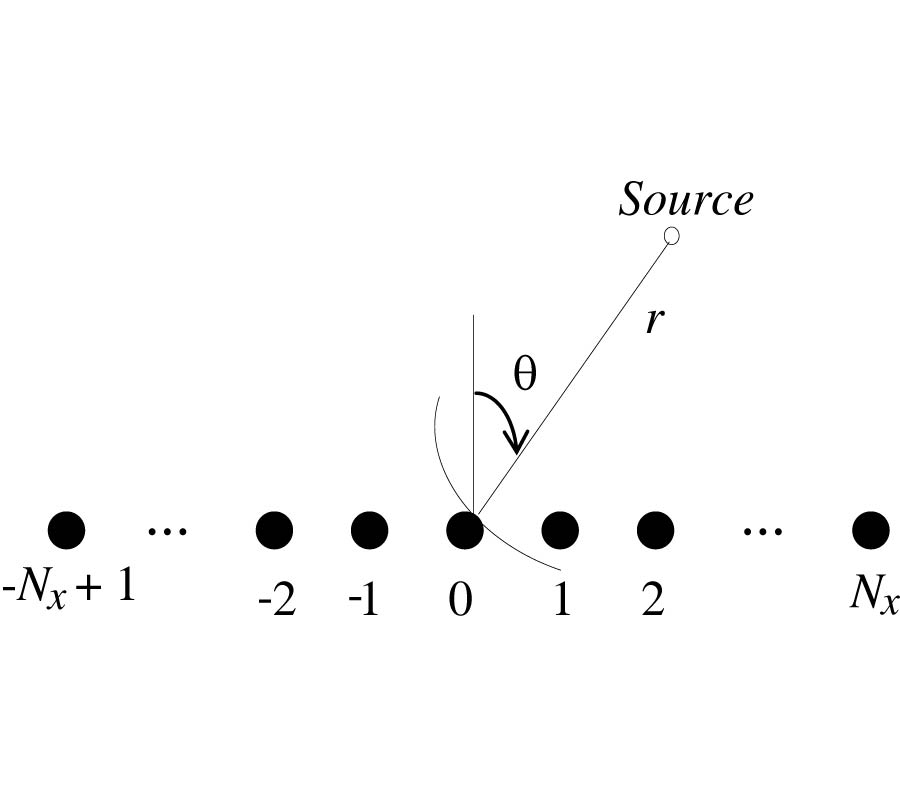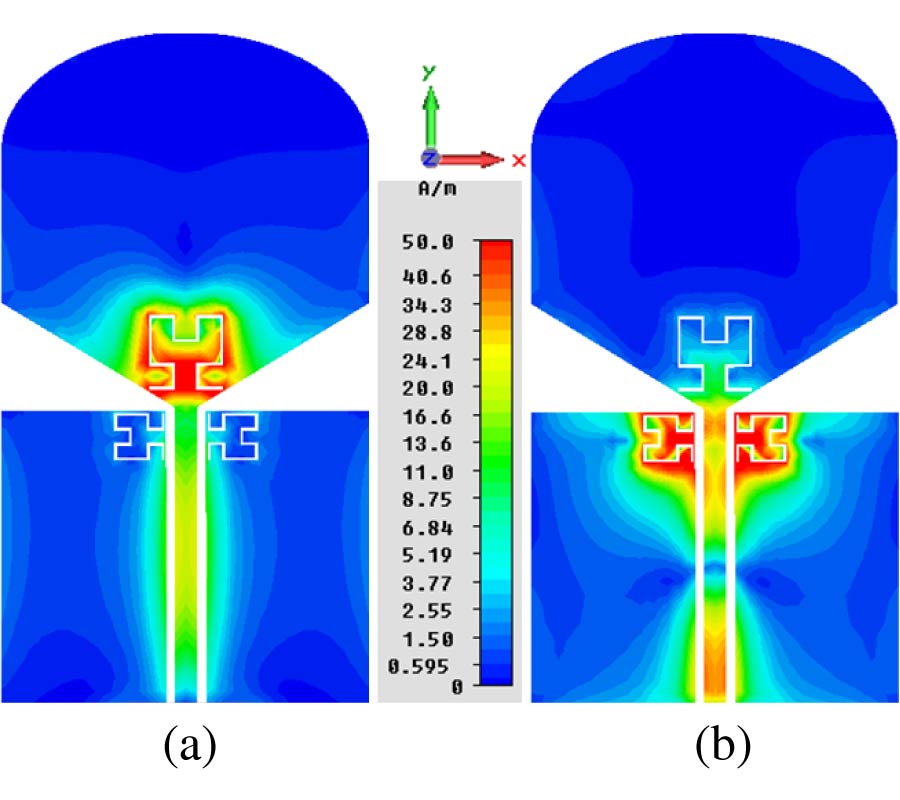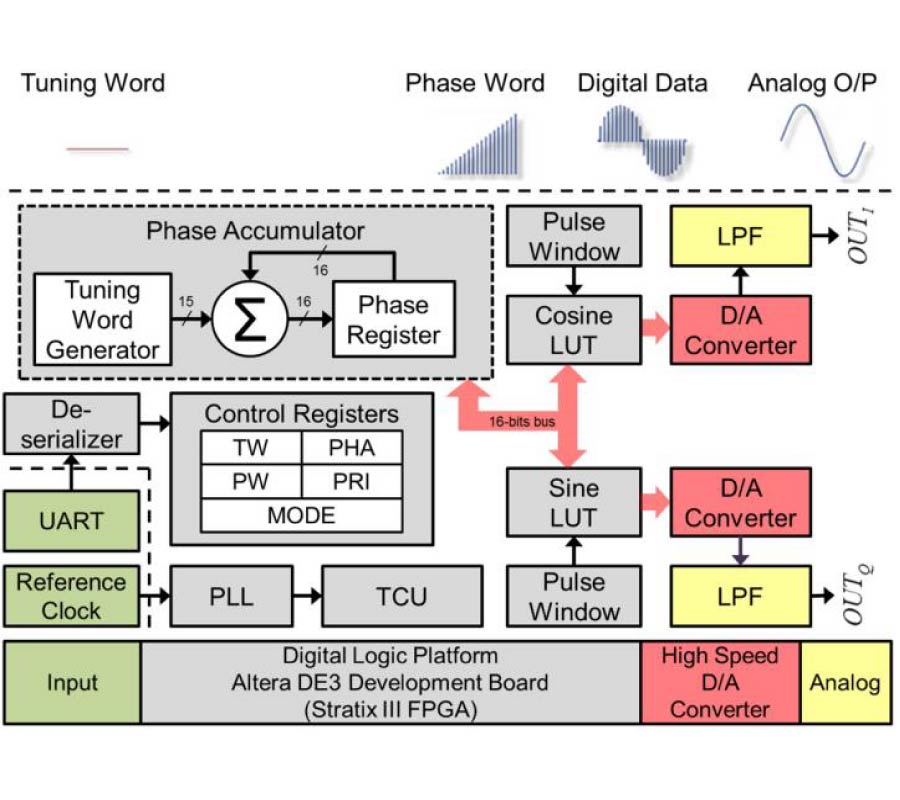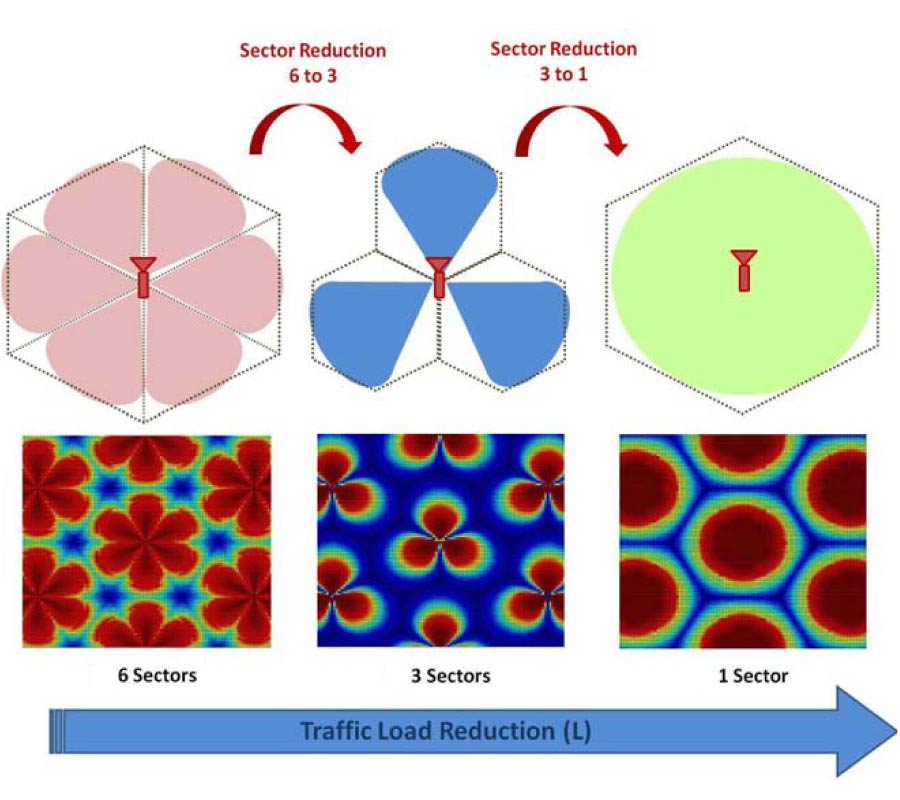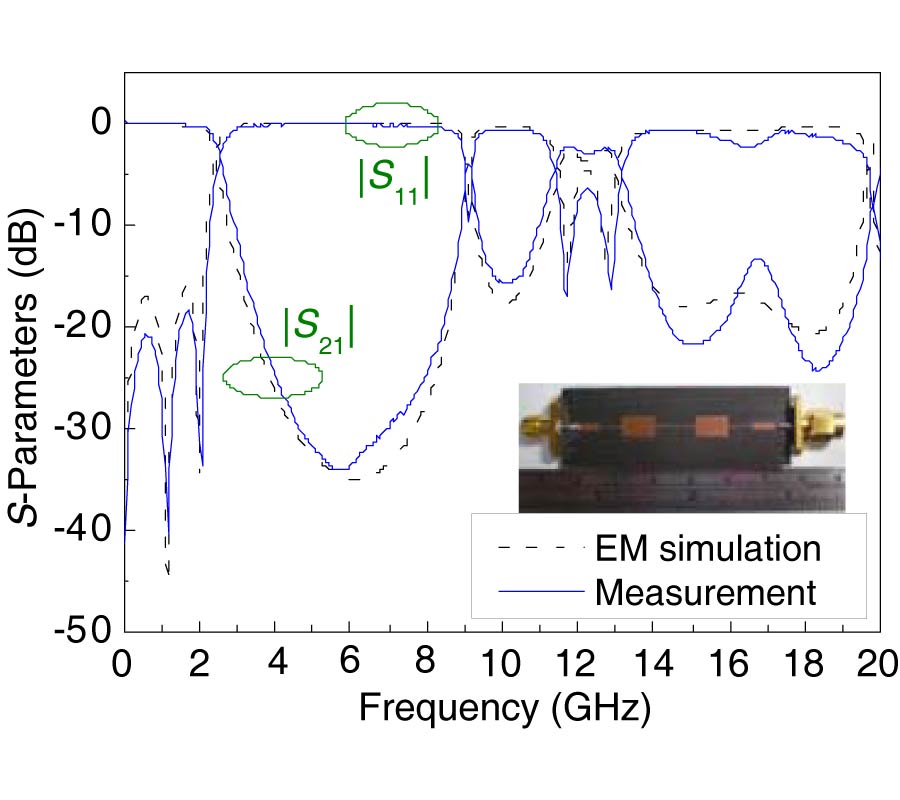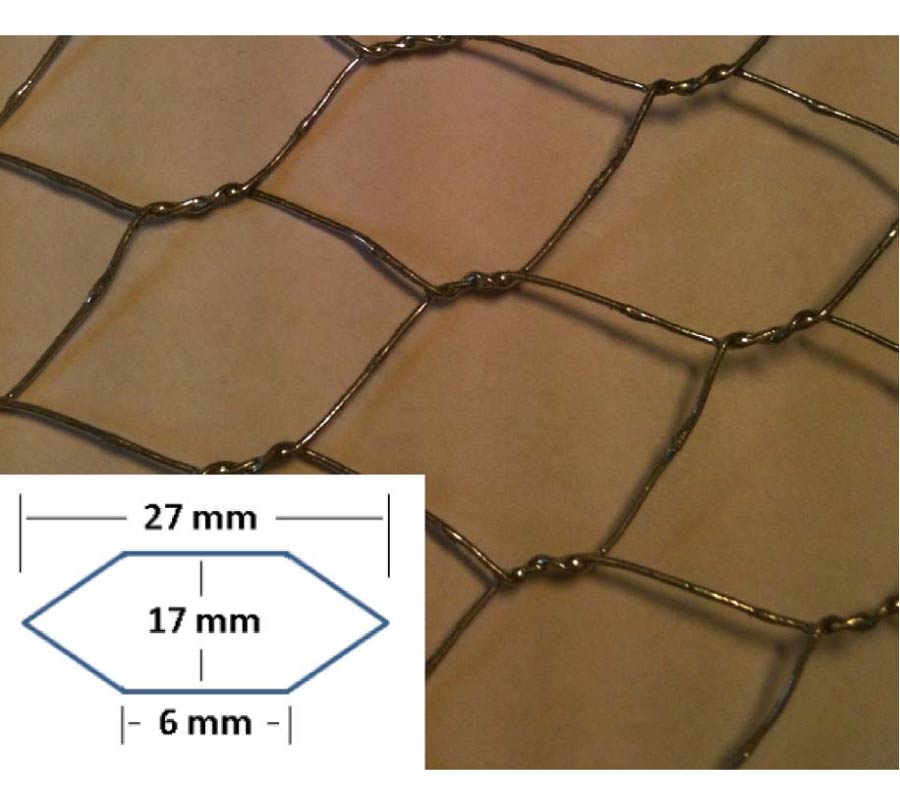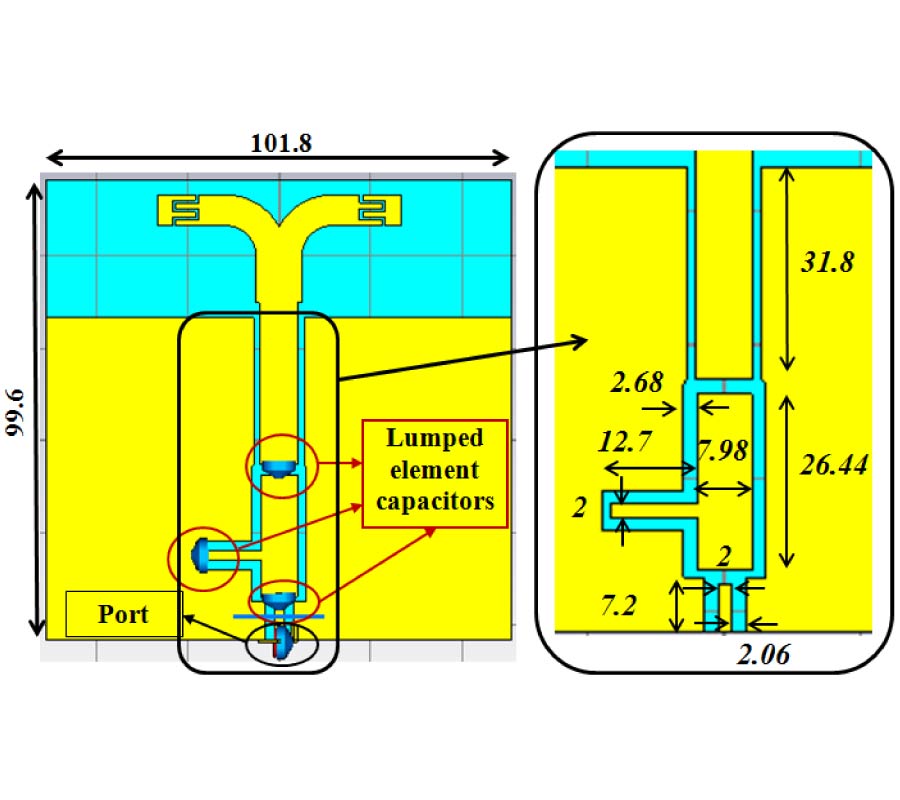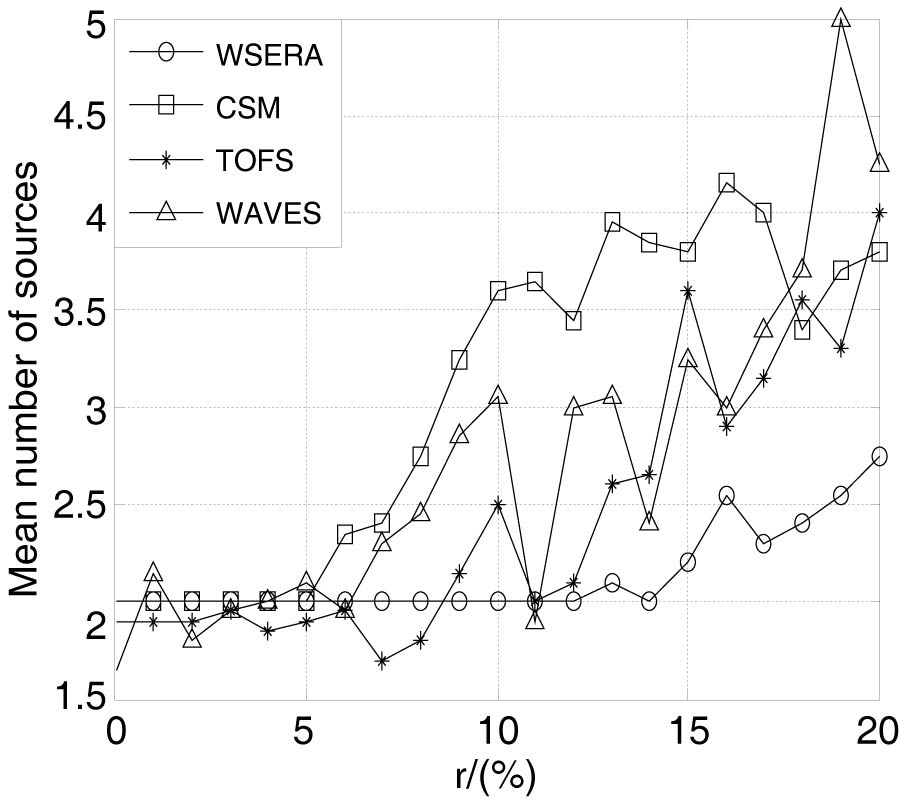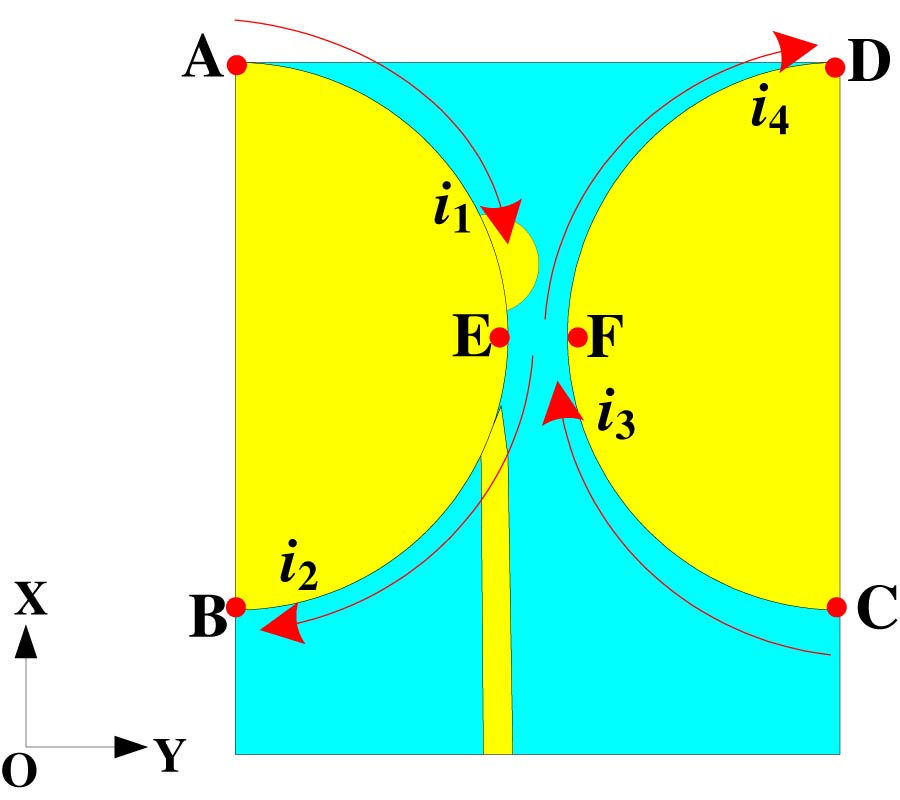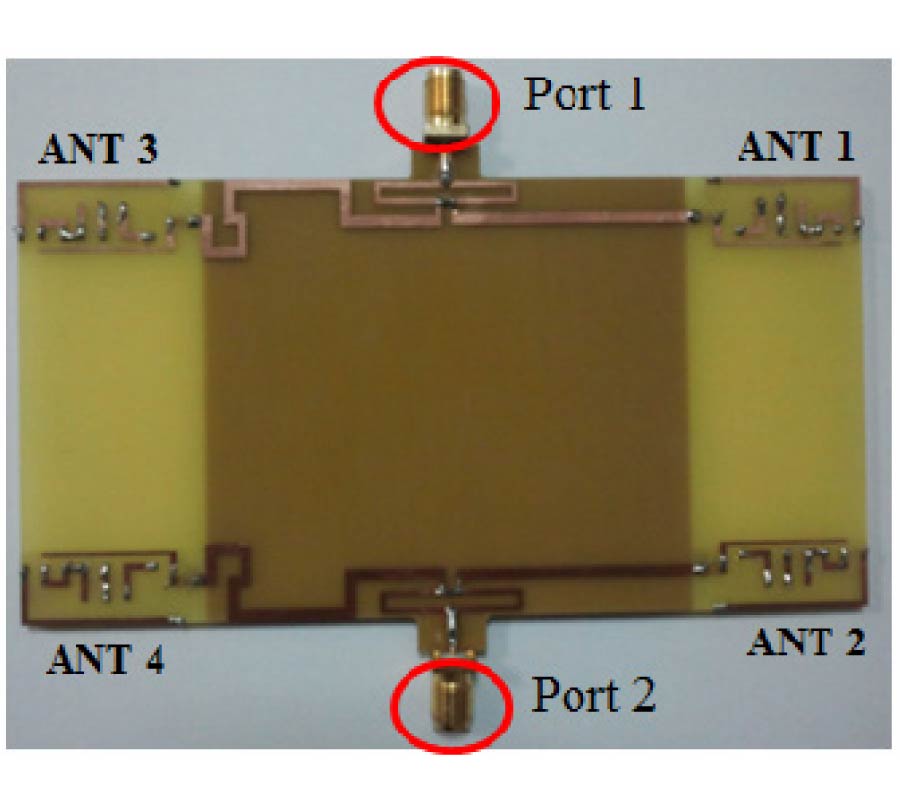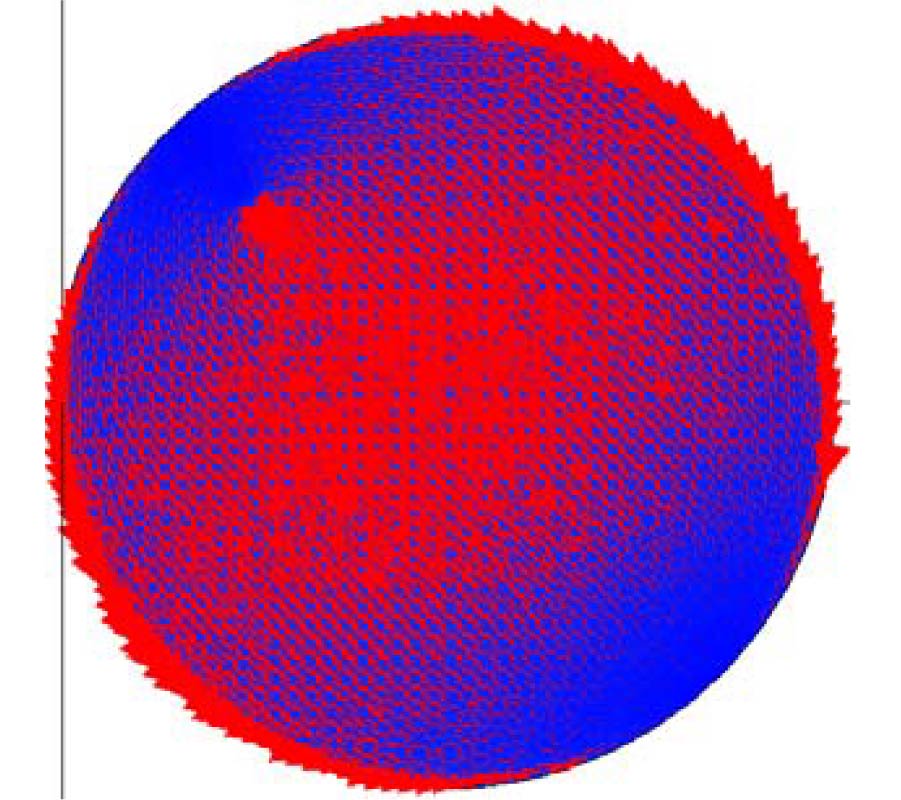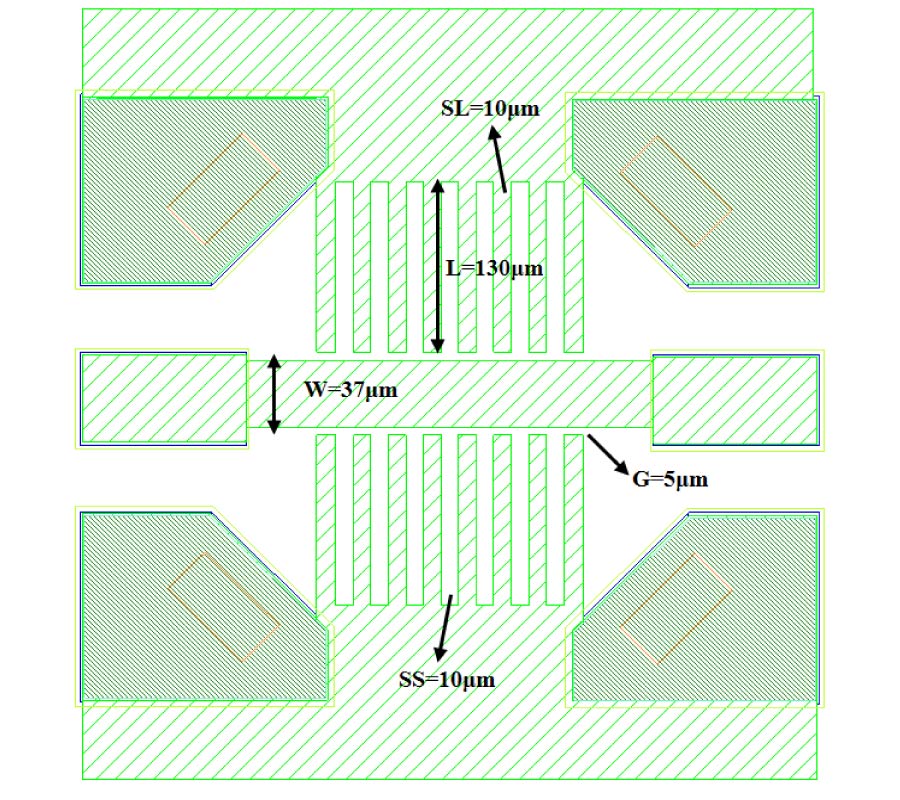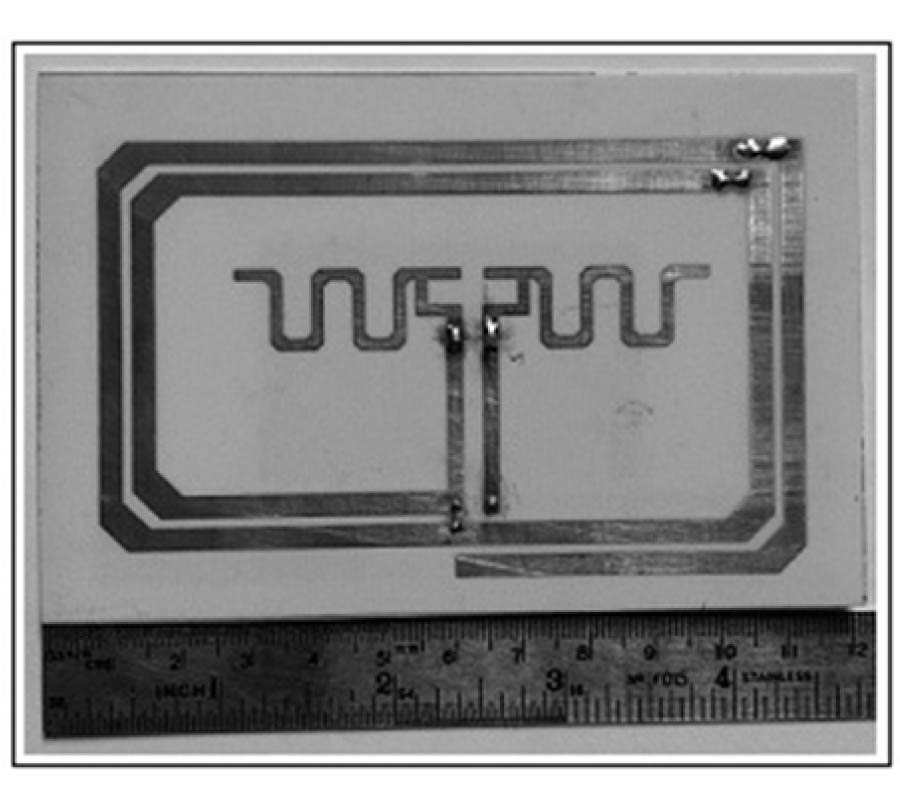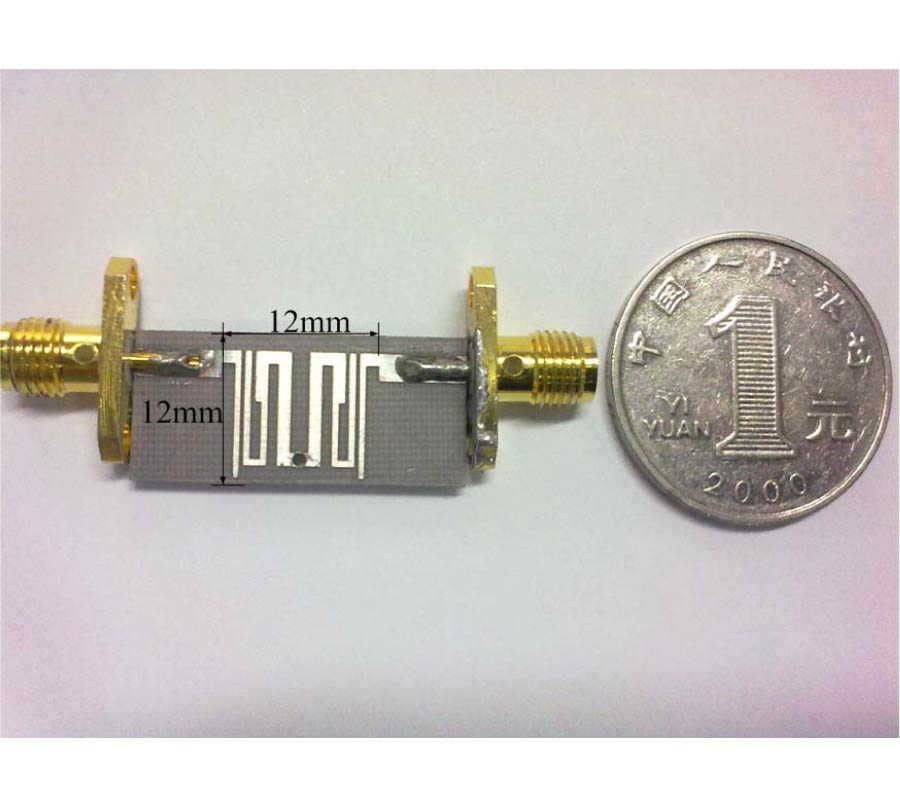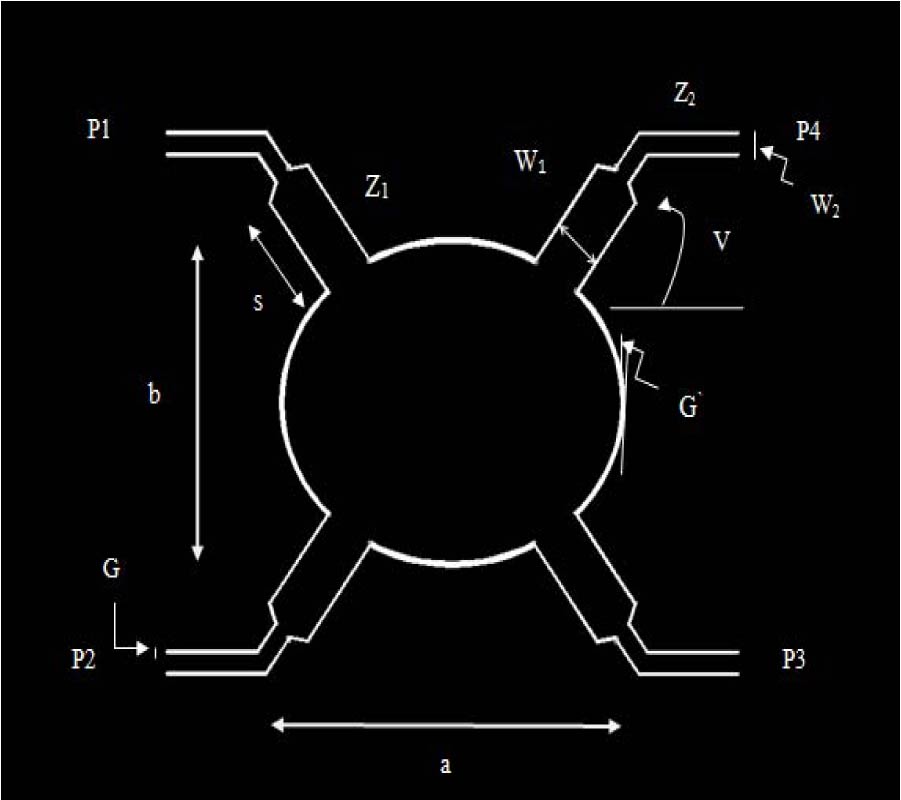Evaluation of Dcs1800/CDMA-Evdo Dual-Mode and Dual-Link Ue System Performance Based on the High Isolation Handset Antenna
An-Ming Gao
,
Wei Jiang
,
Ling-Li Kong
,
Jian-Ping Ding
and
Yong Jiang
This paper investigates the performance of DCS1800/CD-MA-EVDO dual-mode dual-link (DM-DL) UE, and presents an effective solution which is based on our designed high isolation antenna for the UE local electromagnetic interference (EMI). To this end, a DCS1800/CDMA-EVDO DM-DL UE model is firstly brought out, together with its system model, interference analysis and performance evaluation. Simulated results show that the DCS1800 (CDMA-EVDO) local interference will cause a sharp deterioration of the CDMA-EVDO (DCS1800) receiving sensitivity. To solve this problem, then, a compact and high isolation double-band handset antenna is given with its structure designed and performance validated by measurement. On the basis of this antenna and existing UE bandpass filter, we introduce a solution called ``passive isolation" to eliminate the local interference. Finally, the performance of DCS1800/CDMA-EVDO DM-DL UE is researched again by our solution, simulated results indicate that the isolation effect is quite good and the DM-DL UE can work normally.
